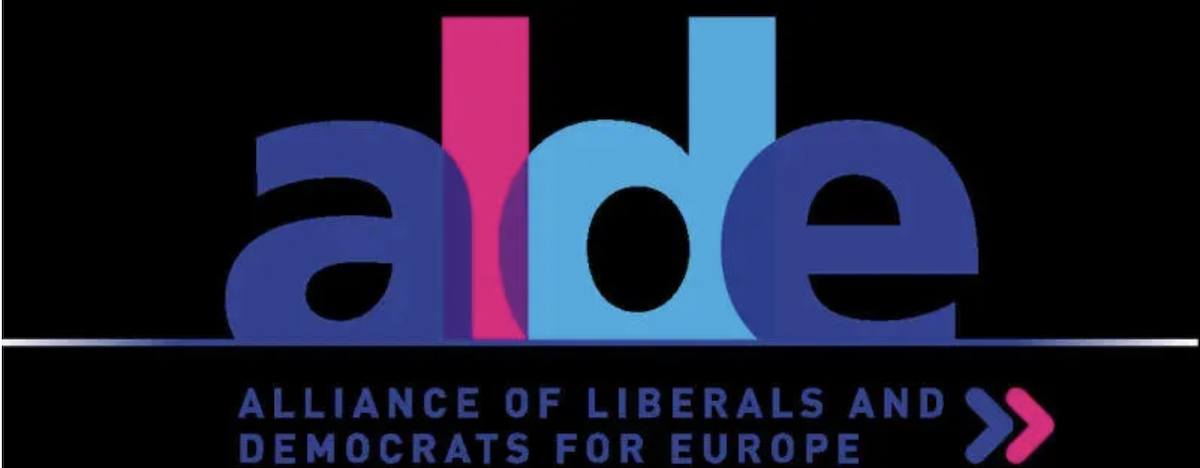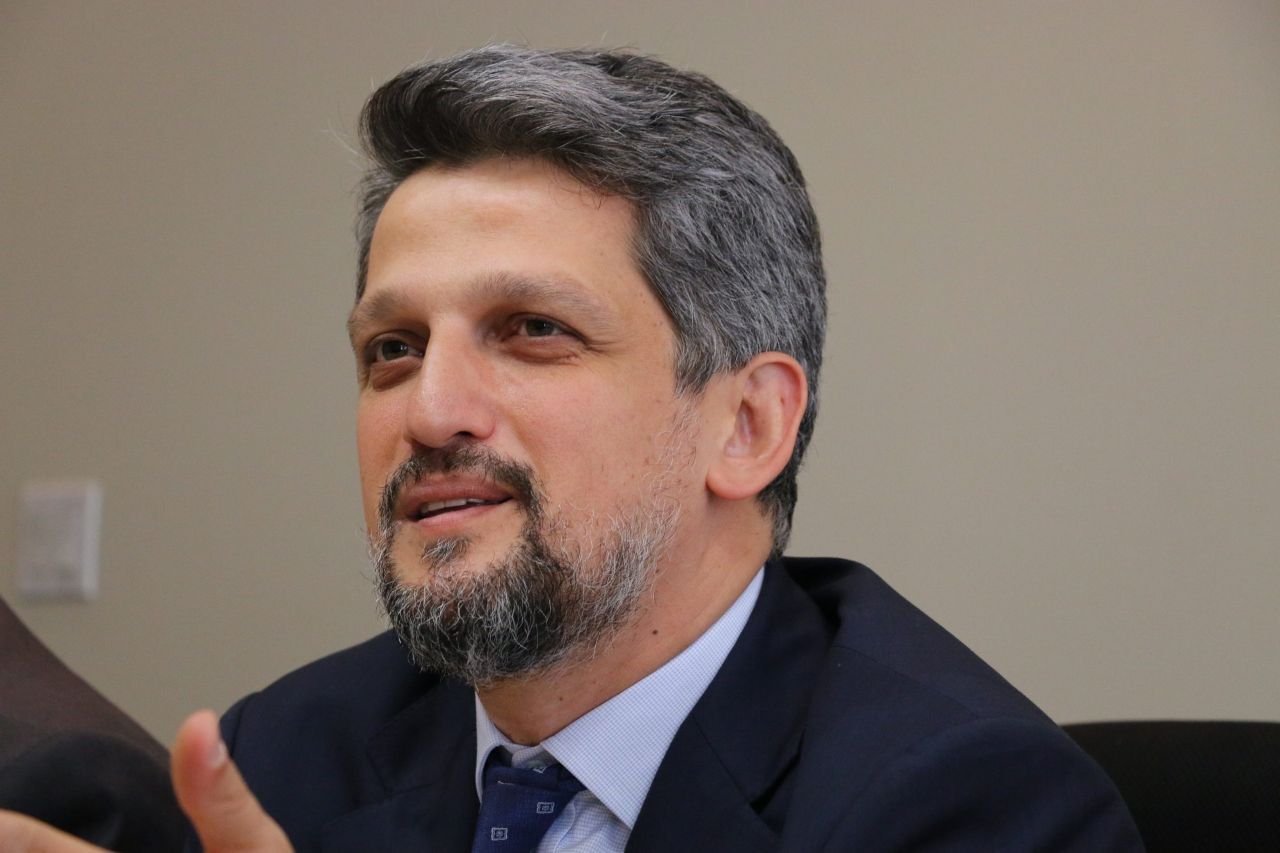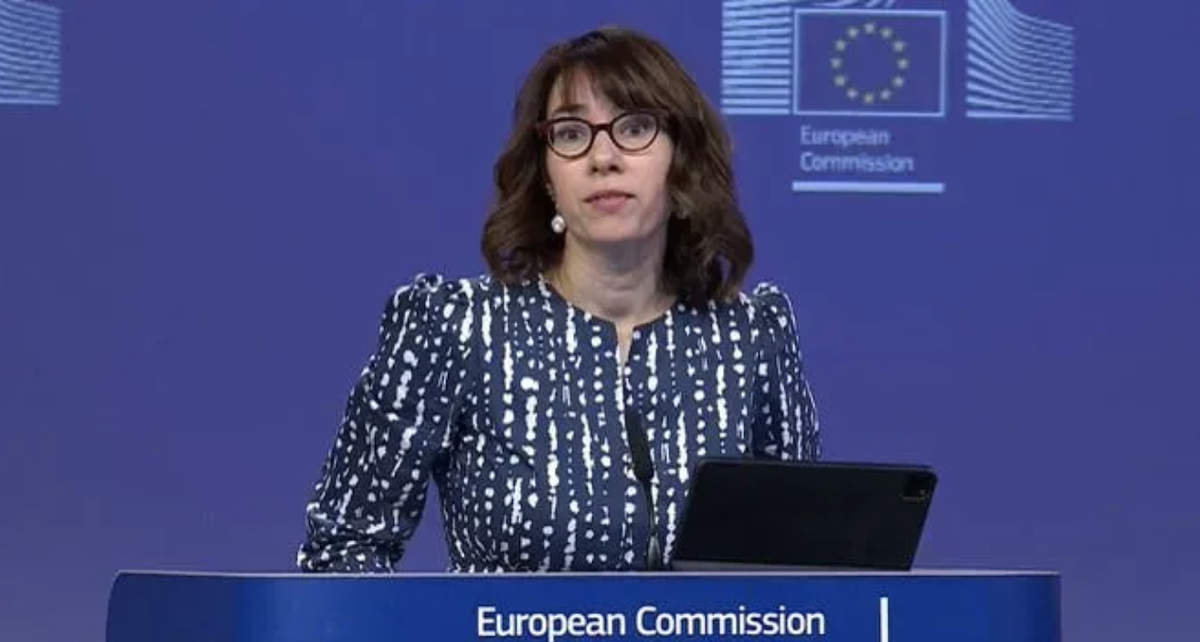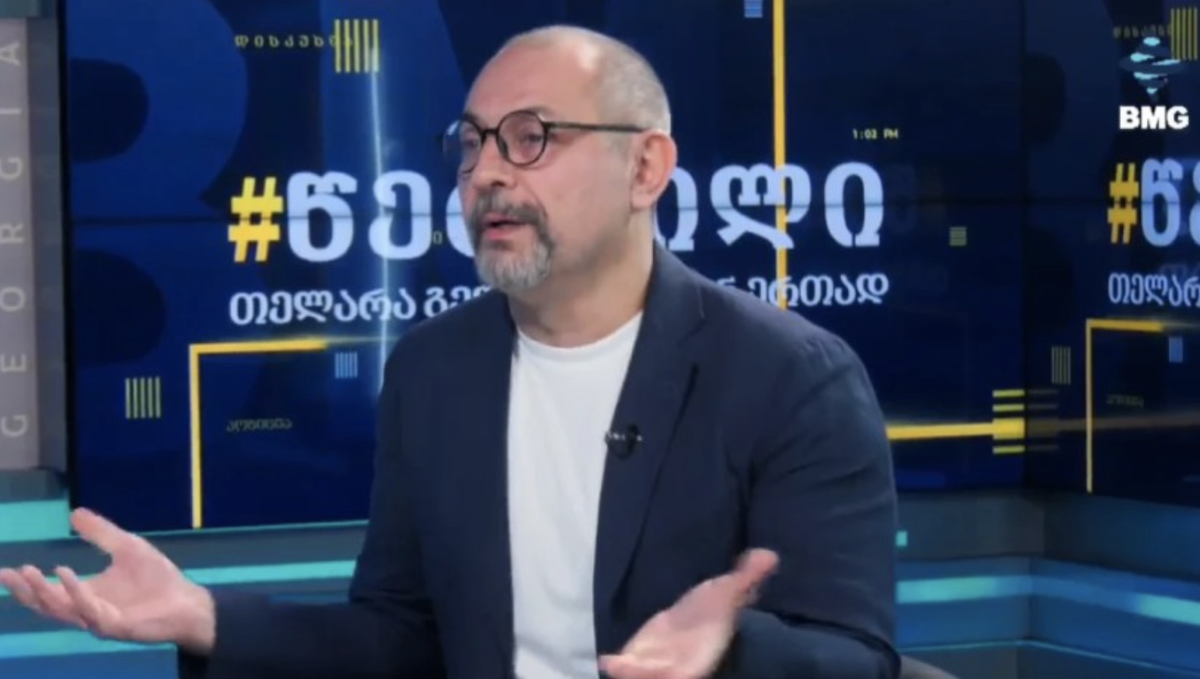Azerbaijan’s ambitions to become a digital hub: infrastructure, internet freedom, and regional comparison
Azerbaijan aims to be a digital hub
The hosting of one of the International Telecommunication Union’s (ITU) key events — the World Telecommunication Development Conference (WTDC-2025) — in Baku from 17 to 28 November highlights Azerbaijan’s ambition to position itself as a digital hub for the South Caucasus and the wider region.
This will be the first conference of its kind in the post-Soviet space. The Ministry of Digital Development and Transport views WTDC-2025 as an opportunity to showcase the country’s achievements in ICT and strengthen its role in global digital transformation.
This article examines Azerbaijan’s ambitions to become a digital hub from three perspectives:
— the current state of technological infrastructure;
— the level of internet freedom within the country;
— comparison with neighboring states, particularly Georgia and Kazakhstan.
The terms, place names, opinions, and ideas presented in this JAMnews article reflect only the position of the author or the specific community and do not necessarily represent the views of JAMnews or its staff.
Technological infrastructure and digital potential

In recent years, Azerbaijan has made significant investments in information and communication technologies (ICT). As of 2021, around 86% of the population are internet users. For every 100 people, there are roughly 20 fixed broadband subscribers and more than 70 mobile broadband subscribers.
Under the Online Azerbaijan project, by the end of 2023 hundreds of thousands of households were connected to high-speed internet, bringing the total number of households with broadband access to 1.7 million, or about 58%. This figure is expected to rise above 60% in the near future. The program’s goal is to provide internet to every settlement at speeds of at least 25 Mbps.
Infrastructure quality is gradually improving: between 2022 and 2023, the average fixed-line internet speed increased from approximately 21 to 30 Mbps, while mobile network speeds rose from 32 to 40 Mbps. Nevertheless, these figures still lag behind those of developed countries, particularly in rural areas. While 2G and 3G networks cover nearly the entire population, 4G/LTE is available to roughly half of residents. Despite claims from major operators, users in regional areas continue to report unstable and slow connections.
5G technology is still in the pilot stage, with testing in Baku limited to a few zones. Widespread deployment will require additional investment and market readiness. Experts stress the need to strengthen both the country’s scientific and technical capacity and the population’s purchasing power to ensure broad 5G adoption.
Government strategy plays a central role in this process. Under the Digital Hub Azerbaijan concept, the country participates in transnational IT projects. Launched in 2018, the Digital Silk Way initiative aims to transform Azerbaijan into a digital telecommunications corridor between Europe and Asia. The project involves laying two high-capacity fiber-optic lines along the Caspian Sea seabed, connecting Azerbaijan with Kazakhstan and Turkmenistan. These lines are intended to create an alternative route linking Frankfurt to Mumbai, connecting Europe with South Asia.
The Trans-Caspian Fiber Optic project aims to provide high-speed internet access to a region with over 1.8 billion people, with completion planned for 2026. AzerTelecom represents Azerbaijan in the project, while Kazakhtelecom and Turkmen operators participate from the opposite side. The initiative also seeks to create an alternative to traditional routes passing through Russia, strengthening Azerbaijan’s strategic role in international data transit.
Additionally, Azerbaijani company NEQSOL Holding acquired a controlling stake in Georgia’s main backbone internet operator, Caucasus Online, allowing it to control the undersea fiber-optic cable running along the Black Sea. This has strengthened Azerbaijan-Georgia-Europe connections and helped diversify regional routes. Although the region still faces a shortage of powerful internet exchange points (IXPs), with traffic often routed through third countries, the new lines partially address this gap.
Data centers are another key component of infrastructure. Azerbaijan became the first country in the region to operate a Tier III-certified data center. State-owned AzInTelecom manages two Tier III-certified centers in Baku and Yevlakh, offering cloud services to both government agencies and the private sector. With financial support from the European Investment Bank, construction has begun on two additional modern centers in Absheron and Hajigabul. These “green technology” facilities are scheduled to open by 2027 and will play a crucial role in e-government systems, storing national data domestically, and ensuring cybersecurity.
Internet freedom within the country: censorship and legal framework
The second pillar of Azerbaijan’s ambition to become a digital hub is its domestic environment: internet freedom and freedom of expression. International assessments of the situation remain highly critical. According to Freedom House’s Freedom on the Net 2023 index, Azerbaijan scored just 34 out of 100, placing it in the “not free” category. The report notes that the government uses its control over internet infrastructure as a political tool, restricting access to social media during critical periods and suppressing online criticism through various means.
During the 2020 Nagorno-Karabakh war and the border tensions in 2022, significant restrictions were imposed on platforms such as Facebook, YouTube, WhatsApp, Instagram, Twitter, and TikTok, the latter being entirely blocked for a period. Although the official rationale was “combating disinformation,” these measures limited public access to information sources. Several independent news websites and online platforms critical of the government remain blocked to this day.
A new media law adopted in 2022 introduced further mechanisms to control online media. Under the law, a state media registry was established, requiring online outlets and journalists to register for legal operation. While many media organizations completed the registration, several independent outlets were denied. Journalistic associations argue that the registry strengthens government control over the media and encourages self-censorship.
Since television and print media are largely controlled by the state or state-aligned entities, the internet remains a key alternative source of information. However, website blockages, artificial slowdowns, and instances of user surveillance undermine trust in the online space.
On a positive note, large-scale internet shutdowns have not occurred in recent years, and the network has become technically more stable. Nevertheless, without political and legal reforms to protect digital rights, the actual level of internet freedom remains uncertain for international partners considering Azerbaijan as a potential digital hub. No matter how advanced the technical infrastructure, limited information flows make it difficult to attract major tech companies, foster an innovative ecosystem, or ensure a free exchange of ideas.
Regional comparison: Azerbaijan in the context of Georgia and Kazakhstan
Azerbaijan is not the only country in the region seeking to become a digital hub. Georgia and Kazakhstan are also positioning themselves as regional digital nodes, creating a landscape in which their experiences are partly complementary, but also competitive.
Georgia has the most liberal digital environment in the South Caucasus. According to the Freedom House Freedom on the Net index, the country is rated “free,” scoring over 70 points. Internet access is generally unrestricted, and opposition media and online platforms are not subject to systematic blockages. The telecommunications market is largely controlled by private companies, ensuring a high level of competition. Georgia’s 2020–2025 national broadband development strategy, supported by the World Bank through the Log-in Georgia project, aims to connect remote villages to fiber-optic networks. In addition, Georgia seeks direct digital connectivity to Europe through initiatives such as a planned undersea cable across the Black Sea.
Kazakhstan, the largest economy in Central Asia, stands out for its large-scale infrastructure investments. The Digital Kazakhstan program directs significant resources to broadband networks, e-government, and 5G. Projects such as the West–East fiber-optic line and the construction of new data centers are intended to turn the country into the region’s main transit hub. Kazakhstan also aims to become a Central Asian node of the Digital Silk Way and collaborates with Azerbaijan on the Trans-Caspian cable project.
However, Kazakhstan’s internet freedom rating remains low. Large-scale internet shutdowns during the 2022 protests and strict regulatory measures have heightened international concerns about operating risks in the country.
Azerbaijan occupies an intermediate position between these two models:
— like Georgia, it sits at the crossroads of Europe and Asia, but lacks an equally open media and internet environment;
— like Kazakhstan, it implements large-scale infrastructure projects, though its economy is smaller in scale.
If the Trans-Caspian Digital Corridor and the Digital Silk Way initiatives are successfully completed, a significant share of data traffic between Europe and Asia could pass through Azerbaijan. This would enhance the country’s strategic role, increase transit revenues, and boost demand for data center services. The signing of a memorandum of cooperation with Italian operator Sparkle further signals progress in this direction.
Domestically, the development of services such as e-government, digital commerce, and “mobile residency” is expanding Azerbaijan’s digital ecosystem. Yet, compared with Georgia’s open internet environment and Kazakhstan’s technical ambitions, Azerbaijan still needs to find a precise balance to fully realize its digital aspirations.
Azerbaijan aims to be a digital hub






















